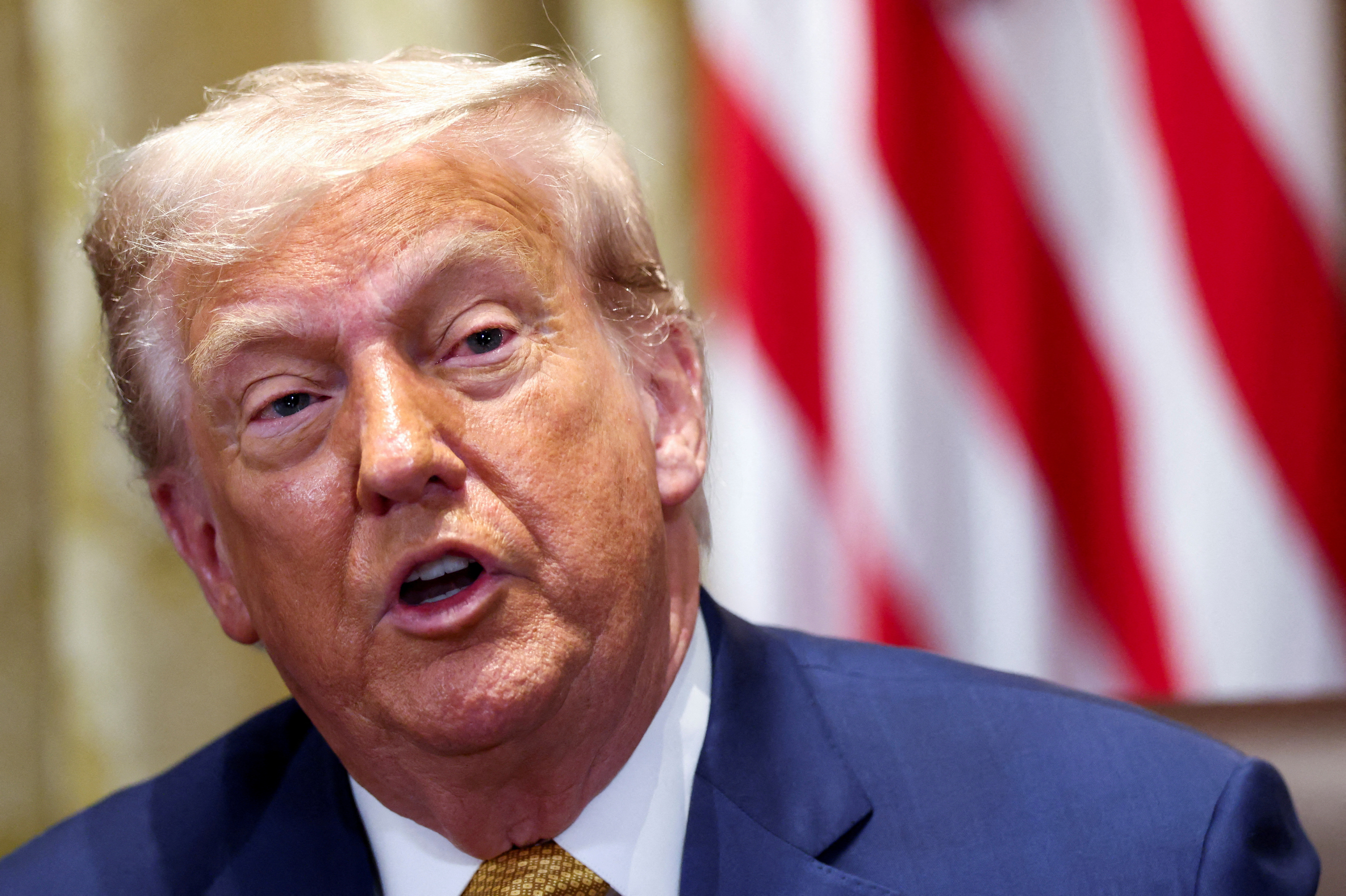The US Supreme Court cleared the way on Tuesday for President Donald Trump’s administration to resume its plans to carry out mass job cuts and the restructuring of agencies, elements of his campaign to downsize and reshape the federal government.
The justices lifted San Francisco-based US District Judge Susan Illston’s May 22 order that had blocked large-scale federal layoffs called “reductions in force” affecting potentially hundreds of thousands of jobs, while litigation in the case proceeds.
Trump in February announced “a critical transformation of the federal bureaucracy” in an executive order directing agencies to prepare for a government overhaul aimed at significantly reducing the federal workforce and gutting offices and programs opposed by the administration.
Workforce reductions were planned at the US Departments of Agriculture, Commerce, Health and Human Services, State, Treasury, Veterans Affairs and more than a dozen other agencies.
The Supreme Court, in a brief unsigned order, said Trump’s administration was “likely to succeed on its argument that the executive order” and a memorandum implementing his order were lawful. The court said it was not assessing the legality of any specific plans for layoffs at federal agencies.
Liberal Justice Ketanji Brown Jackson was the sole member of the nine-person court to publicly dissent from the decision. Jackson wrote that Illston’s “temporary, practical, harm-reducing preservation of the status quo was no match for this court’s demonstrated enthusiasm for greenlighting this president’s legally dubious actions in an emergency posture.”
Illston wrote in her ruling that Trump had exceeded his authority in ordering the downsizing, siding with a group of unions, non-profits and local governments that challenged the administration.
“As history demonstrates, the president may broadly restructure federal agencies only when authorized by Congress,” Illston wrote.
The judge blocked the agencies from carrying out mass layoffs and limited their ability to cut or overhaul federal programs. Illston also ordered the reinstatement of workers who had lost their jobs, though she delayed implementing this portion of her ruling while the appeals process plays out.
Illston’s ruling was the broadest of its kind against the government overhaul being pursued by Trump and the Department of Government Efficiency, a key player in the Republican president’s drive to slash the federal workforce.
Formerly spearheaded by billionaire Elon Musk, DOGE has sought to eliminate federal jobs, shrink and reshape the US government and root out what they see as wasteful spending. Musk formally ended his government work on May 30 and subsequently had a public falling out with Trump.
‘SUPERVISORY POWERS’
The San Francisco-based 9th US Circuit Court of Appeals in a 2-1 ruling on May 30 denied the administration’s request to halt the judge’s ruling.
The 9th Circuit said the administration had not shown that it would suffer an irreparable injury if the judge’s order remained in place and that the plaintiffs were likely to prevail in their lawsuit.
“The executive order at issue here far exceeds the president’s supervisory powers under the Constitution,” the 9th Circuit wrote, calling the administration’s actions “an unprecedented attempted restructuring of the federal government and its operations.”
The 9th Circuit’s ruling prompted the Justice Department’s June 2 emergency request to the Supreme Court to halt Illston’s order.
Controlling the personnel of federal agencies “lies at the heartland” of the president’s executive branch authority, the Justice Department said in its filing to the Supreme Court.
“The Constitution does not erect a presumption against presidential control of agency staffing, and the president does not need special permission from Congress to exercise core Article II powers,” the filing said, referring to the constitution’s section delineating presidential authority.
The plaintiffs urged the Supreme Court to deny the Justice Department’s request. Allowing the Trump administration to move forward with its “breakneck reorganization,” they wrote, would mean that “programs, offices and functions across the federal government will be abolished, agencies will be radically downsized from what Congress authorized, critical government services will be lost and hundreds of thousands of federal employees will lose their jobs.”
The Supreme Court in recent months has sided with Trump in some major cases that were acted upon on an emergency basis since he returned to office in January.
It cleared the way for Trump’s administration to resume deporting migrants to countries other than their own without offering them a chance to show the harms they could face. In two cases, it let the administration end temporary legal status previously granted on humanitarian grounds to hundreds of thousands of migrants.
It also allowed Trump to implement his ban on transgender people in the US military, blocked a judge’s order for the administration to rehire thousands of fired employees and twice sided with his Department of Government Efficiency.
In addition, the court curbed the power of federal judges to impose nationwide rulings impeding presidential policies.






Click here to change your cookie preferences